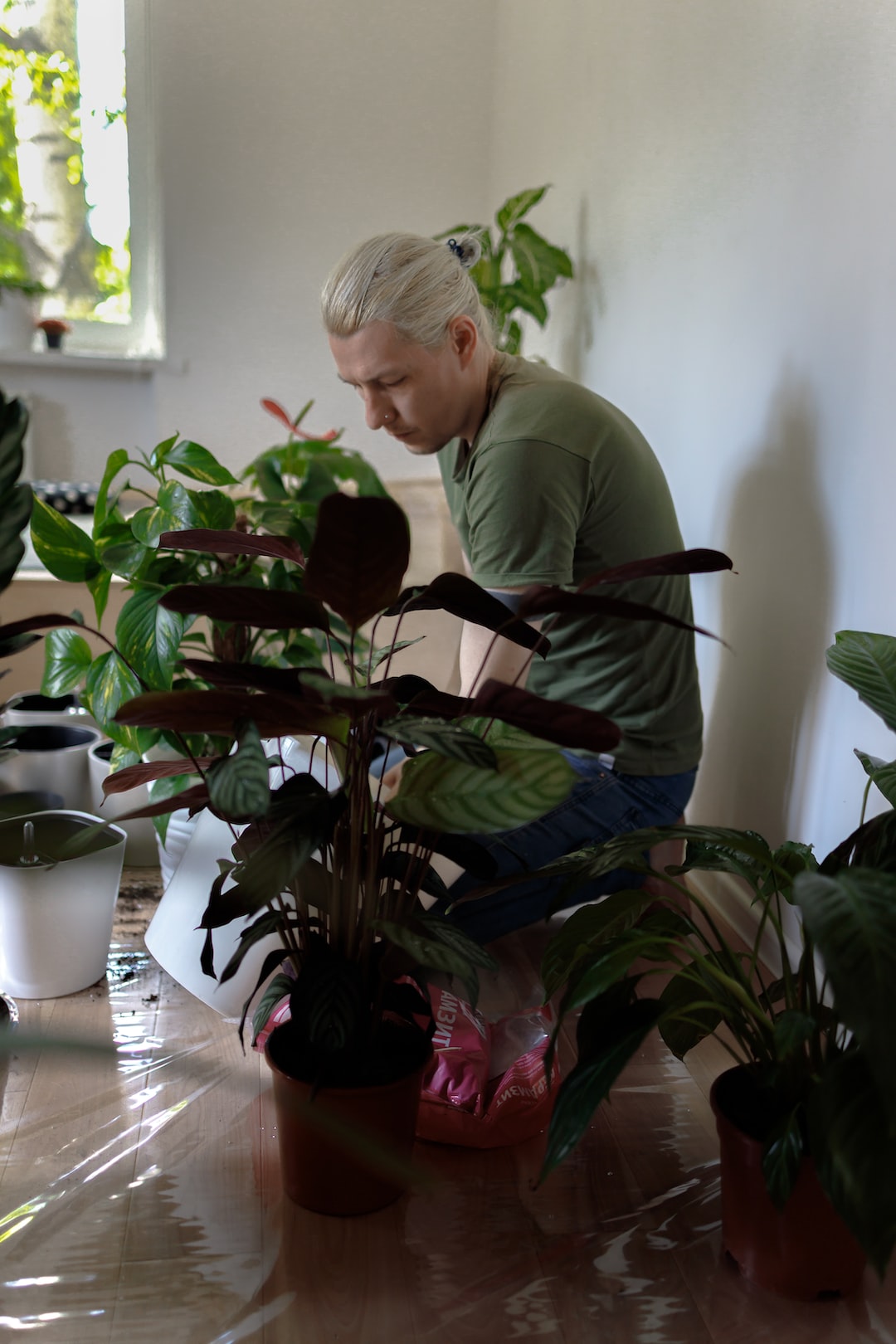Knitting 101: Mastering the Basics
Knitting is a versatile and rewarding craft that has been enjoyed by millions of people throughout history. Whether you’re a complete beginner or have some experience under your belt, mastering the basics of knitting is essential to unlock a world of creative possibilities. In this blog post, we will guide you through the fundamentals of knitting, equipping you with the knowledge and skills you need to get started on your knitting journey.
First and foremost, before diving into the knitting process, it’s important to familiarize yourself with the essential equipment. You will need knitting needles and yarn to begin your project. Knitting needles come in various sizes and materials, with bamboo and metal being the most popular choices. Additionally, you can select from a wide range of yarns, each varying in texture, thickness, and composition. Starting with medium-weight yarn and appropriately-sized needles is recommended for beginners.
To kickstart your knitting journey, the first thing you need to learn is how to create a slipknot. This is the foundation of knitting and serves as an anchor for the rest of your stitches. Once you have your slipknot ready, slide it onto one of the knitting needles, and you’re ready to begin casting on. Casting on refers to the process of creating the initial row of stitches on your needle. There are several methods to cast on, such as the long-tail cast on, the knitted cast on, and the cable cast on. Experiment with different techniques to find the one that suits you best.
After casting on, you’re ready to move on to the next step: the knit stitch. The knit stitch is the most fundamental stitch in knitting, and mastering it allows you to create a wide variety of patterns and textures. To knit, insert the right-hand needle into the first stitch on the left-hand needle from left to right, then wrap the yarn around the right-hand needle in a counterclockwise direction. With the yarn in position, pull the right-hand needle through the stitch, dropping the original stitch off the left-hand needle. Repeat this process until you have knitted all the stitches on your needle.
Once you’re comfortable with the knit stitch, it’s time to explore the purl stitch. The purl stitch is the opposite of the knit stitch and adds a different texture to your knitting projects. To purl, insert the right-hand needle into the first stitch on the left-hand needle from right to left, then wrap the yarn around the right-hand needle in a clockwise direction. Pull the right-hand needle through the stitch, dropping the original stitch off the left-hand needle. Similar to the knit stitch, repeat this process until you have purled all the stitches on your needle.
By combining these two basic stitches, you can create a wide range of patterns and textures in your knitting projects. Practice knitting and purling on small swatches until you feel confident in your skills. As you gain more confidence, you can experiment with different knitting techniques, such as ribbing, cables, and lace patterns.
Remember, mastering the basics of knitting takes patience and practice. Don’t be discouraged if you make mistakes or your stitches don’t look perfect during the learning process. With time and perseverance, you will gradually improve your knitting skills and be able to tackle more complex projects.
Knitting is a beautiful and relaxing craft that allows you to create unique garments, accessories, and gifts. So grab your needles, choose your favorite yarn, and let your creativity flow as you embark on your knitting journey. With the basics in your toolkit, the possibilities are endless. Happy knitting!
